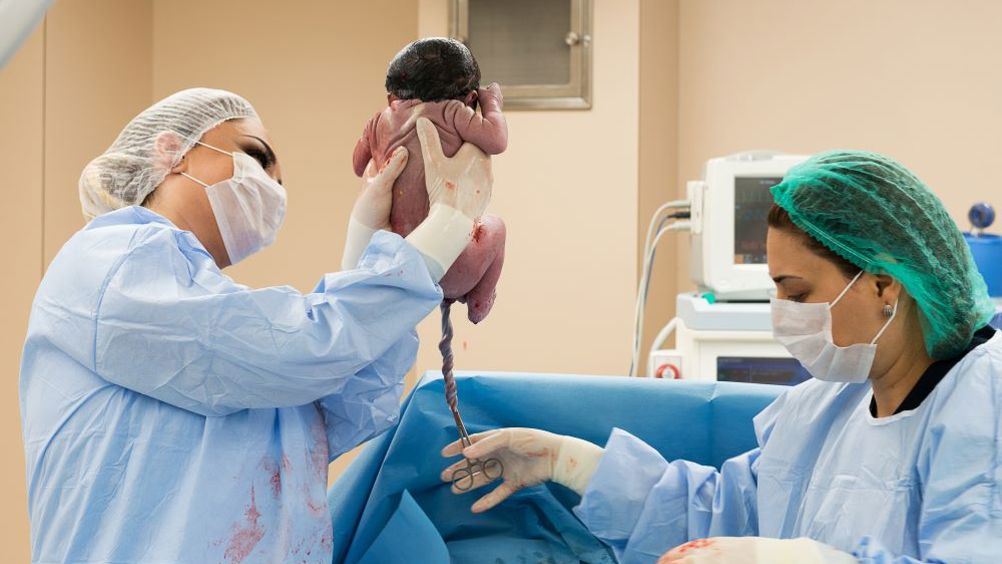References
Iranian women's birth experiences: a cross-sectional study

Abstract
Background/Aims
Women's childbirth experiences are an essential measure of childbirth and have a significant role in evaluating and improving the quality of care given during birth. This study's aim was to evaluate women's experiences during labour and childbirth in a teaching hospital in Iran.
Methods
This cross-sectional study was conducted in a public hospital in Guilan from July to August 2018. The study recruited 126 low-risk postpartum women. The childbirth experience questionnaire and a researcher-developed questionnaire were used for data collection. Linear regression was used to assess the effect of factors on birth care experience (significance level: P<0.05). Results Women's experiences of childbirth were not optimal. Women's overall experience score was 2.56±0.42. The desire to have a normal birth (P<0.001), the freedom to drink, change position or walk during labour (P=0.01), receiving respectful care (P<0.001) and emotional support (P=0.009) were contributing factors to women's perceptions of their experiences.
Conclusions
Quality improvement strategies are needed to implement evidence-based care in Iran. Interventions to ensure that healthcare professionals’ behaviour promotes women's psychological wellbeing and creates a respectful birth environment are required to promote high-quality childbirth care and improve birth experiences in Iran.
In the past decade, efforts to achieve the five millennium development goals reduced maternal mortality and the prevalence of complications during pregnancy and childbirth (United Nations, 2015). However, improving the quality of maternity care is also essential to achieve the new sustainable development goals related to maternal health (World Health Organization (WHO), 2016).To promote positive childbirth experiences, the WHO (2015) recommends implementation of evidence-based and respectful maternity care. This approach refers to providing appropriate medical interventions at the right time, and preserving women's dignity in line with her personal and cultural needs and preferences (WHO, 2015; 2019). However, the medicalised model of care is dominant in many parts of the world and women continue to experience unnecessary interventions during labour and childbirth, which adversely impact their birth experiences (Abuya et al, 2015; Dzomeku et al, 2017; Ishola et al, 2017).
Register now to continue reading
Thank you for visiting British Journal of Midwifery and reading some of our peer-reviewed resources for midwives. To read more, please register today. You’ll enjoy the following great benefits:
What's included
-
Limited access to our clinical or professional articles
-
New content and clinical newsletter updates each month

